Pigeon-Proofing Buildings: Methods for Preventing Roosting and Nesting
While birds are a sign of peace, love, and beauty, people hate pigeon infestation in the building. That’s because the feral pigeon population causes several problems for human health, property and aesthetic concern.
First, the bird droppings foul breeding sites, house facades, monuments, pavements, sidewalks, and other public areas. Plus, it can deteriorate calcareous stones leading to property damage.
Then, human health falls at risk! They cause transmission of allergens and pathogenic microorganisms and infestations with ectoparasites deriving from breeding sites. Feral pigeons are hosts for at least 110 different pathogenic organisms in humans.
Moreover, their sound may cause hysteria and even insomnia in sensitive persons. That’s why building owners intend to prevent pigeons from roosting and nesting in their houses. Pest control companies offer different deterrent systems for keeping pigeons from buildings.
This article will provide a comprehensive guide on various methods and techniques. And that can be used to prevent pigeon roosting and nesting in buildings.
The article will cover the initial assessment and planning phase, different types of bird control devices, physical exclusion methods, bird spikes and deterrents. Finally, the importance of sanitation in preventing pigeon infestations will also be discussed.
Assessment and Planning
Before implementing any pigeon-proofing measures, it is essential to conduct an initial assessment of the building to identify problem areas. An assessment is needed to determine the most effective pigeon control methods too.

Identification of Problem Areas
The first step in the assessment process is to identify the site where pigeons are roosting and nesting. This can include areas such as ledges, roofs, and balconies. It is also essential to identify potential food and water sources for the birds, such as garbage containers or standing water.
Building Design and Architecture
When developing a pigeon-proofing plan, it is crucial to consider the building architecture. Different building features can attract or repel birds, and certain materials may be more conducive to pigeon roosting and nesting.
Therefore, assessing the building’s architectural features and designing a plan that addresses any pigeon-attracting elements is essential.
Types of Bird Control Devices
You may choose several types of bird control devices to prevent pigeons from roosting and nesting in buildings. These include bird spikes, netting, and repellents.
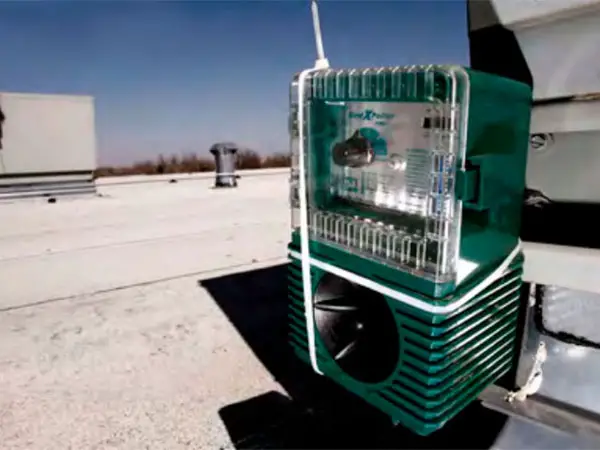
- Bird Spikes: These are one of the most common bird control devices used to prevent pigeons from perching on building surfaces. They are typically crafted from stainless steel or plastic and can be installed on ledges, rooftops, and other surfaces.
- Bird Netting: Bird netting is another effective bird control method that prevents pigeons from accessing building surfaces. The netting is usually made of durable, lightweight materials and can be installed over large areas to prevent pigeons from landing or nesting.
- Repellents: Repellents are also commonly used to discourage pigeons from roosting and nesting on buildings. These can include sprays, gels, or ultrasonic devices that emit high-frequency sounds that deter birds.
Physical Exclusion Methods
Pigeons are known to be persistent and adaptive creatures. Moreover, they’re known for their remarkable flocking behavior, where they fly in tight groups that move together in unison
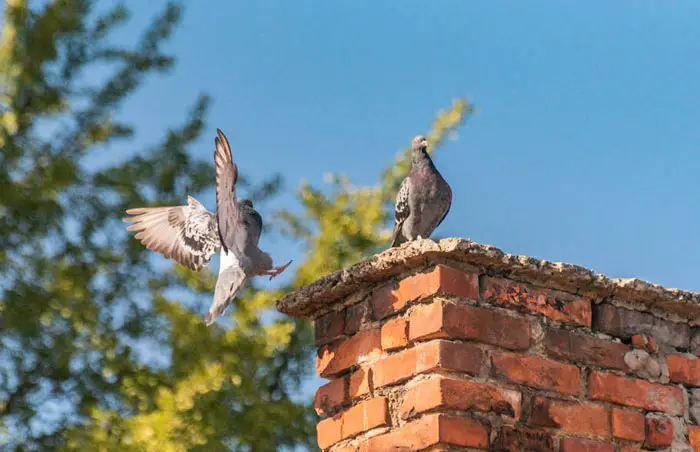
So, physical exclusion methods can be an effective way to prevent them from roosting and nesting on building surfaces. These methods involve installing barriers that physically prevent the birds from accessing certain areas.
Bird Netting
Bird netting is a lightweight and durable material that can be used to cover large areas such as courtyards, roofs, and balconies. The netting is available in various mesh sizes and strengths, and it is usually made of polyethene or nylon.
Bird netting is a versatile solution that can be customized to fit any building design or shape, making it an ideal choice for preventing pigeon nesting and roosting.

Wire Mesh Screens
Wire mesh screens can also be used to physically exclude pigeons. These screens can be installed over vents, pipes, and other openings that pigeons may use to access a building.
The mesh should have small enough gaps to prevent pigeons from getting through, and the material should be strong enough to withstand pecking and nesting.
Bird Slopes and Slanted Surfaces
Another physical exclusion method is the use of bird slopes or slanted surfaces. These are angled surfaces that prevent birds from landing and perching.
They can be installed on ledges, window sills, and other areas where pigeons may roost. Bird slopes can be made of materials such as plastic, metal, or concrete.
Bird Spikes and Deterrents

Bird spikes and deterrents are an effective way to prevent pigeons from perching on building surfaces. You can use these devices for pigeon control.
Bird Spikes
Bird spikes are commonly made of plastic or stainless steel and can be installed on ledges, roofs, and other flat surfaces where pigeons tend to roost. They work by creating an uneven surface that makes it difficult for birds to land and stays on a surface.
The spikes are harmless to birds and are an effective, humane way to prevent them from roosting and nesting on buildings.
- Types of Bird Spikes: There are several types of bird spikes available, including regular, narrow, and extra-narrow.
The regular spikes are designed to deter large birds. The narrow and extra-narrow spikes are more effective at deterring smaller birds like pigeons.
Bird Gel
Another type of bird deterrents for buildings is bird gel, a sticky substance applied to surfaces where birds tend to perch. The gel is designed to make the surface slippery and uncomfortable for birds, discouraging them from perching on it.
Bird gel is non-toxic and harmless to birds, making it a humane way to prevent them from roosting on buildings.
Bird Wire
Bird wire prevents pigeons from perching on building surfaces. It is made of stainless steel wire and is typically strung between posts or anchored to building surfaces.
The wire creates an unstable surface, making it difficult for birds to perch and roost on building surfaces.
Sanitation and Clean-Up
Keeping a clean and hygienic environment is key to preventing pigeon infestations in buildings. Pigeons are attracted to areas where they can find food, water, and nesting materials.
By removing these sources, building owners can significantly reduce the chances of pigeons roosting and nesting on their property and ensure property management.
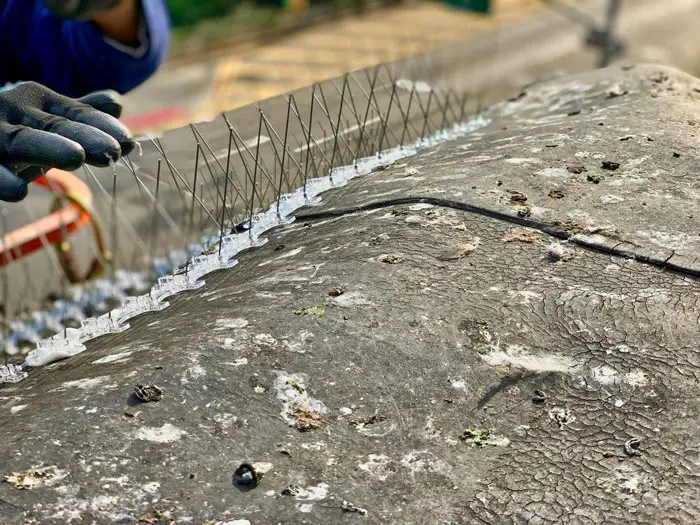
Implementing a regular cleaning and maintenance schedule is one of the most effective ways to prevent pigeon infestations. This includes cleaning up any spilled food or garbage, removing any stagnant water sources, and disposing of any debris or clutter that can serve as bird nesting material.
It is also important to regularly check for any cracks or gaps in the building structure that can serve as entry points for the birds.
Benefits Of Regular Building Maintenance
By keeping the building clean and well-maintained, building owners can not only prevent pigeon infestations but also improve the overall aesthetic value of the property. Regular maintenance can also help identify and address any potential structural issues that may attract pigeons and other pests.

In addition to regular cleaning, building owners can also implement other measures to discourage pigeon roosting and nesting.
For example, installing motion-activated sprinklers or alarms can startle and deter the birds from the area. Similarly, using reflective materials or decoys can create a visually confusing environment for the birds, making it difficult for them to navigate or find a suitable roosting spot.
If you’re interested in learning more about city pigeons and the immune system of pigeons, you may find our articles on city pigeons and pigeons’ immune system informative. Our article on city pigeons provides insights into the ecology, behavior, and adaptation of pigeons in urban environments, shedding light on their unique characteristics and interactions with human settlements. Meanwhile, our article on pigeons’ immune system explores the remarkable immune system of pigeons, highlighting their ability to resist various diseases and the fascinating research conducted in this area. These articles offer valuable information on both the natural history of city-dwelling pigeons and the biological mechanisms behind their strong immune defenses.Conclusion
Pigeons are urban wildlife whose infestation is a public nuisance that creates several annoyances. A proactive approach to pigeon control is the key to maintaining a clean, healthy, and attractive building environment.
Proper bird management includes installation of bird spikes, netting, and other deterrents, as well as regular sanitation and maintenance efforts, may repel these pests.
We suggest building owners and managers implement the necessary pigeon-proofing techniques. By doing so, they can protect their properties and avoid the negative consequences associated with pigeon infestations.
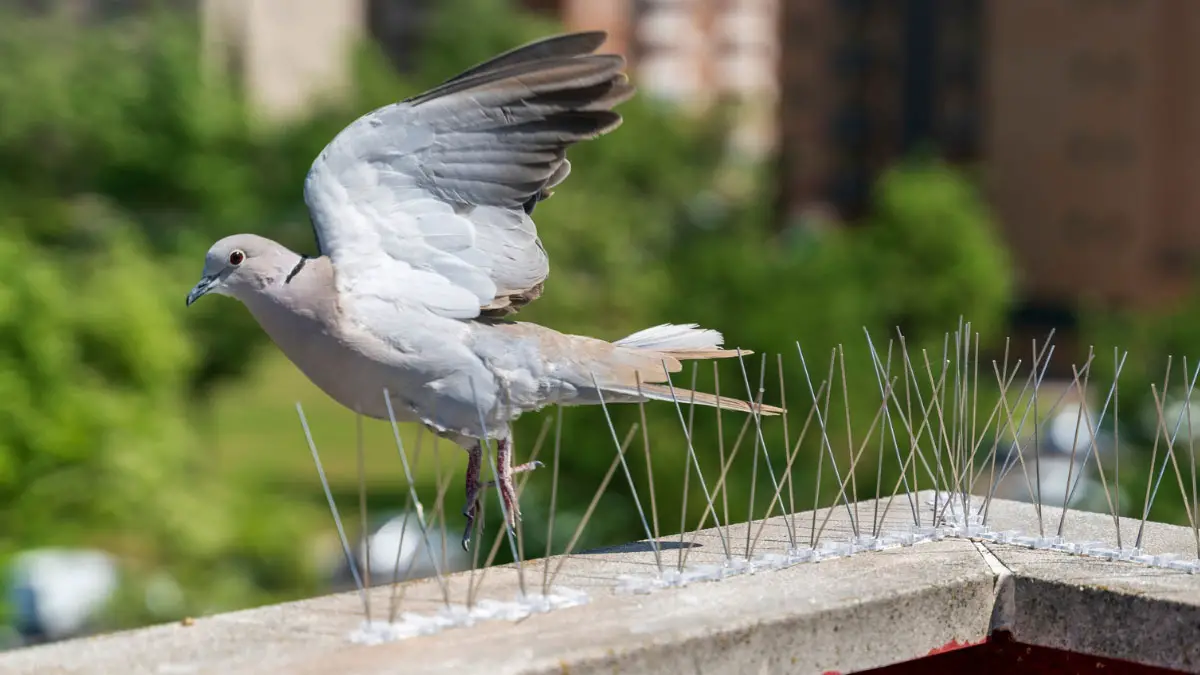
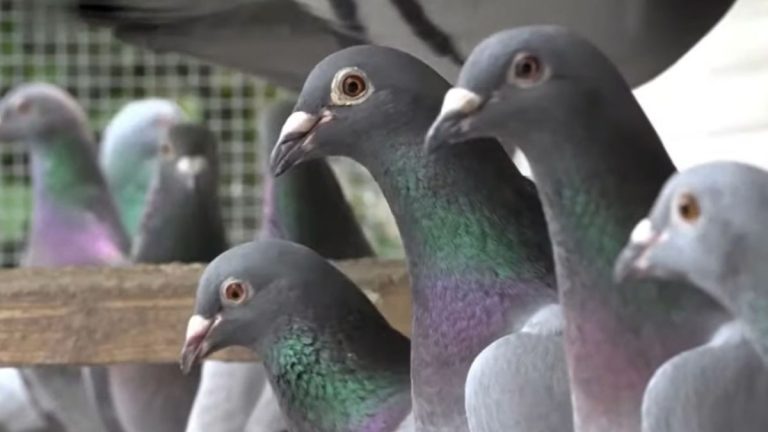





Хотите собрать данные о человеке ? Этот бот поможет полный профиль мгновенно.
Используйте уникальные алгоритмы для поиска публичных записей в открытых источниках.
Выясните место работы или интересы через систему мониторинга с верификацией результатов.
глаз бога информация о человеке
Система функционирует с соблюдением GDPR, обрабатывая открытые данные .
Закажите детализированную выжимку с историей аккаунтов и графиками активности .
Доверьтесь надежному помощнику для исследований — точность гарантирована!